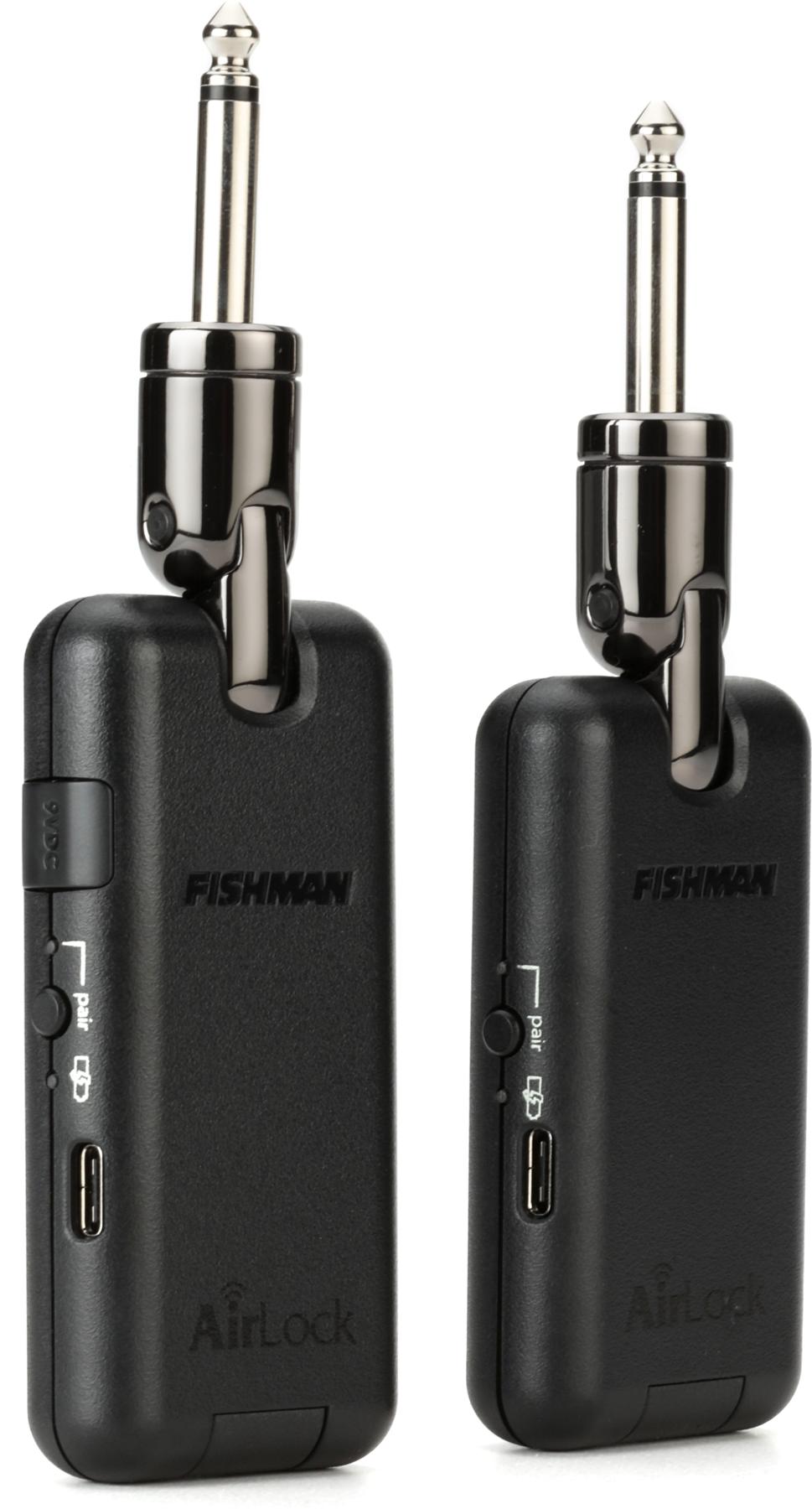
Ringoes, NJ (September 24, 2012) – Vibramate has done it again. Now you can install a Bigsby Vibrato on yourTelecaster style guitar without drilling any holes. The Vibramate V5-TEV Stage II Mounting Kit is designed for installing a Bigsby B5 “Original” Vibrato on most Telecaster guitars that have a vintage style bridge-plate. The kit installs in minutes and eliminates the need for drilling any permanent holes in your instrument; converting back to stock is just as simple.
The Vibramate V5-TEV Stage II kit includes mounting hardware for the Bigsby B5 Vibrato and utilizes your existing Telecaster pickup and bridge saddles. There is no need for drilling, soldering or removing or shimming the neck.
The modular design of Vibramate V5-TEV Stage II mounting kit allows you to mix-n-match Vibramate components for a variety of alternative options including Tailpiece, Pickup Type, Scalloped and Left-Hand Bridge Plates. Also available is a modular tailpiece for Bigsby Palm Pedal and the Popular "F" Logo Bigsby Vibrato made specifically for Fender installations.
• Vibramate V5-TEV automatically positions the Bigsby Vibrato in the
proper orientation without any special tools or layout.
• Vibramate V5-TEV utilizes your existing bridge saddles, pickup
screws, and mounting hardware.
• Vibramate V5-TEV fits most guitars that come stock with a vintage 4-
screw “ashtray” type bridge-plate.
• Vibramate installs in minutes with No Drilling Required!
• Vibramate is Made in the USA.
• Vibramate V5-TEV Retail Price: Starting at $119.95
(Bigsby Vibrato sold separately)
For more information:
www.vibramate.com




























